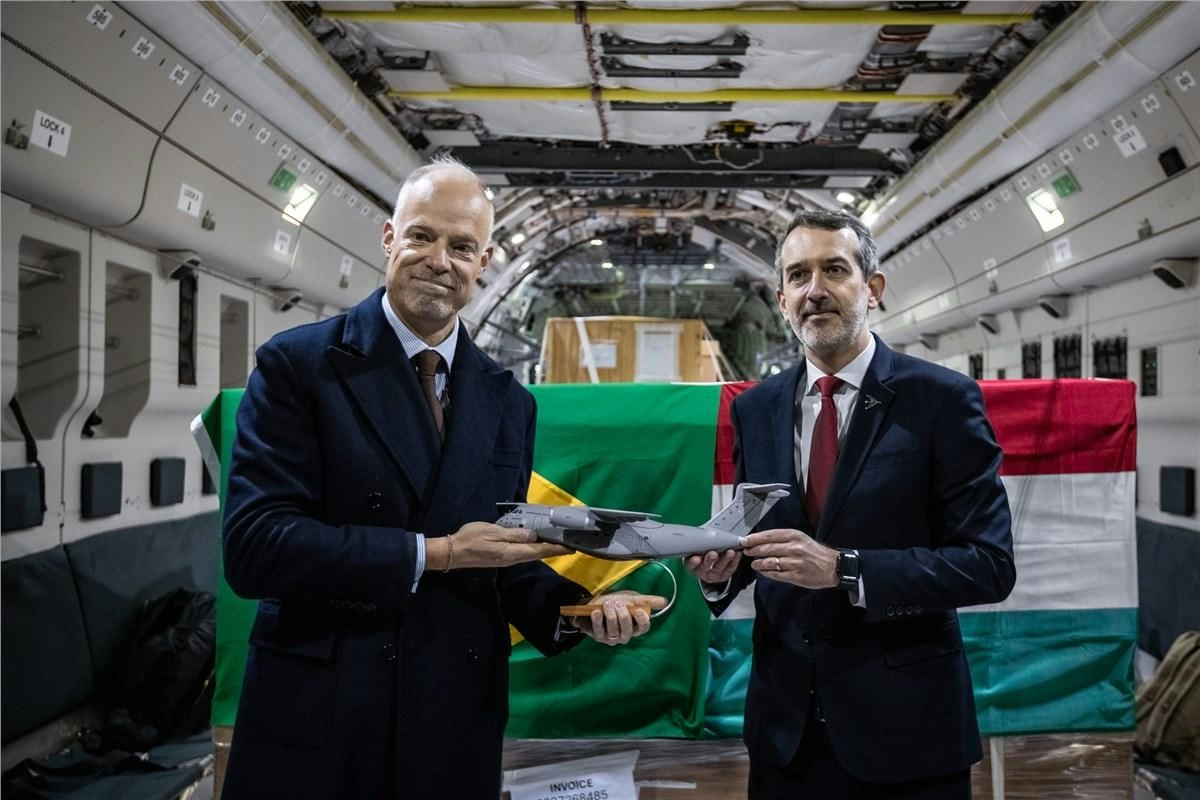
AeroGenie — Seu copiloto inteligente.
Tendências
Categories
IAI Certifies 777-300ERSF for Rolls-Royce Trent 1000 Engines

IAI Certifies 777-300ERSF for Rolls-Royce Trent 1000 Engines
Israel Aerospace Industries (IAI) has officially certified its 777-300ERSF freighter to transport the Rolls-Royce Trent 1000 engine, becoming the second widebody freighter capable of carrying this particular powerplant. This certification, announced this week, represents a significant advancement for the 777-300ERSF program and addresses a critical logistical challenge faced by operators in the air cargo sector.
Overcoming Transportation Challenges
The Rolls-Royce Trent 1000 engine, originally developed for the Boeing 787 Dreamliner, poses unique transportation difficulties due to its substantial height and diameter of 15.5 feet. These dimensions have historically limited the engine’s compatibility with many aircraft types. IAI confirmed to Cargo Facts that it successfully overcame these dimensional constraints, enabling the 777-300ERSF to accommodate the engine safely and efficiently.
The certification process required IAI to navigate a complex regulatory landscape, ensuring full compliance with stringent safety and operational standards. This involved resolving technical issues identified during rigorous testing phases and managing the logistical intricacies of integrating a new engine type into an existing freighter platform. These efforts were crucial to securing approval and maintaining the highest levels of safety and reliability.
Market Implications and Industry Response
Industry analysts suggest that this certification could have significant market repercussions. The enhanced capability to transport the Trent 1000 engine may increase demand for the 777-300ERSF, particularly among operators prioritizing improved performance and operational efficiency. This development positions IAI favorably against competitors whose aircraft have yet to receive certification for the Trent 1000.
In response, rival manufacturers may expedite their own engine integration initiatives or invest in emerging technologies to match or exceed the capabilities associated with the Rolls-Royce engine. Such competitive dynamics are likely to drive further innovation within the aerospace industry as companies strive to meet evolving market demands and regulatory requirements.
With this latest certification, IAI continues to broaden the operational versatility of the 777-300ERSF, reinforcing its status as a prominent contender in the global air cargo market.
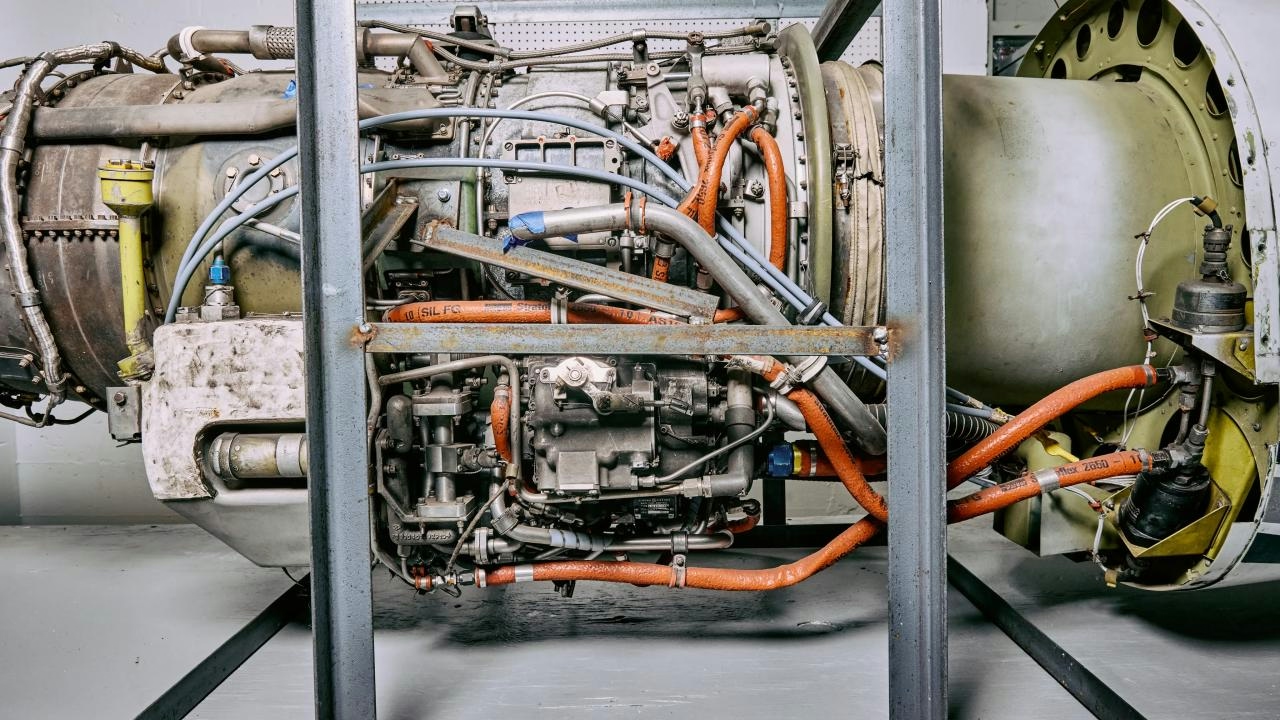
Aviation Maintenance, Repair, and Overhaul Sector Set for Growth
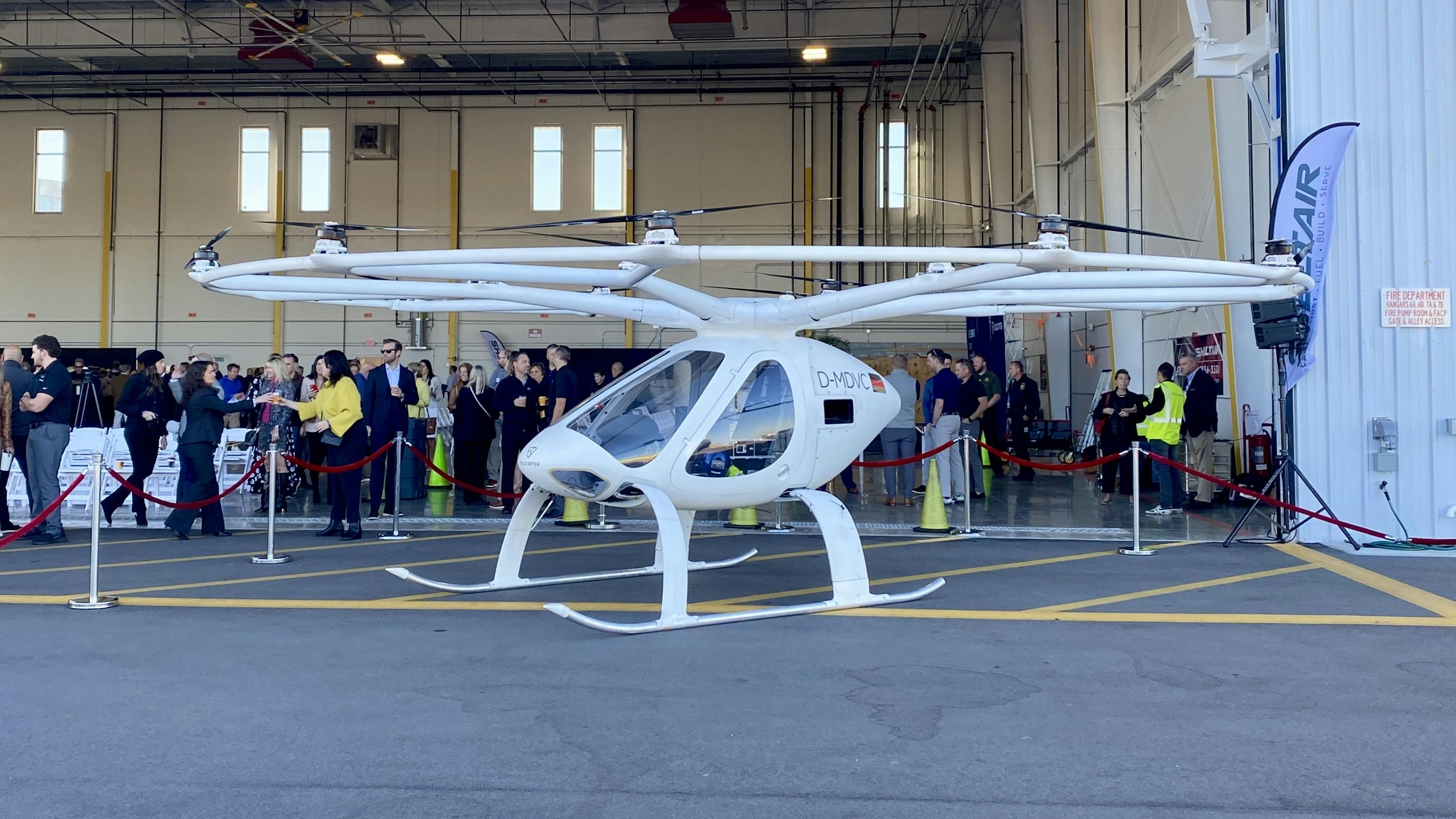
Central Florida Emerging as Leading Location for Future Air Taxis

Dassault Aviation and Thales Partner on AI for Future Air Combat

Mexicana MRO Deal Stalls Pending Banorte Extension Approval
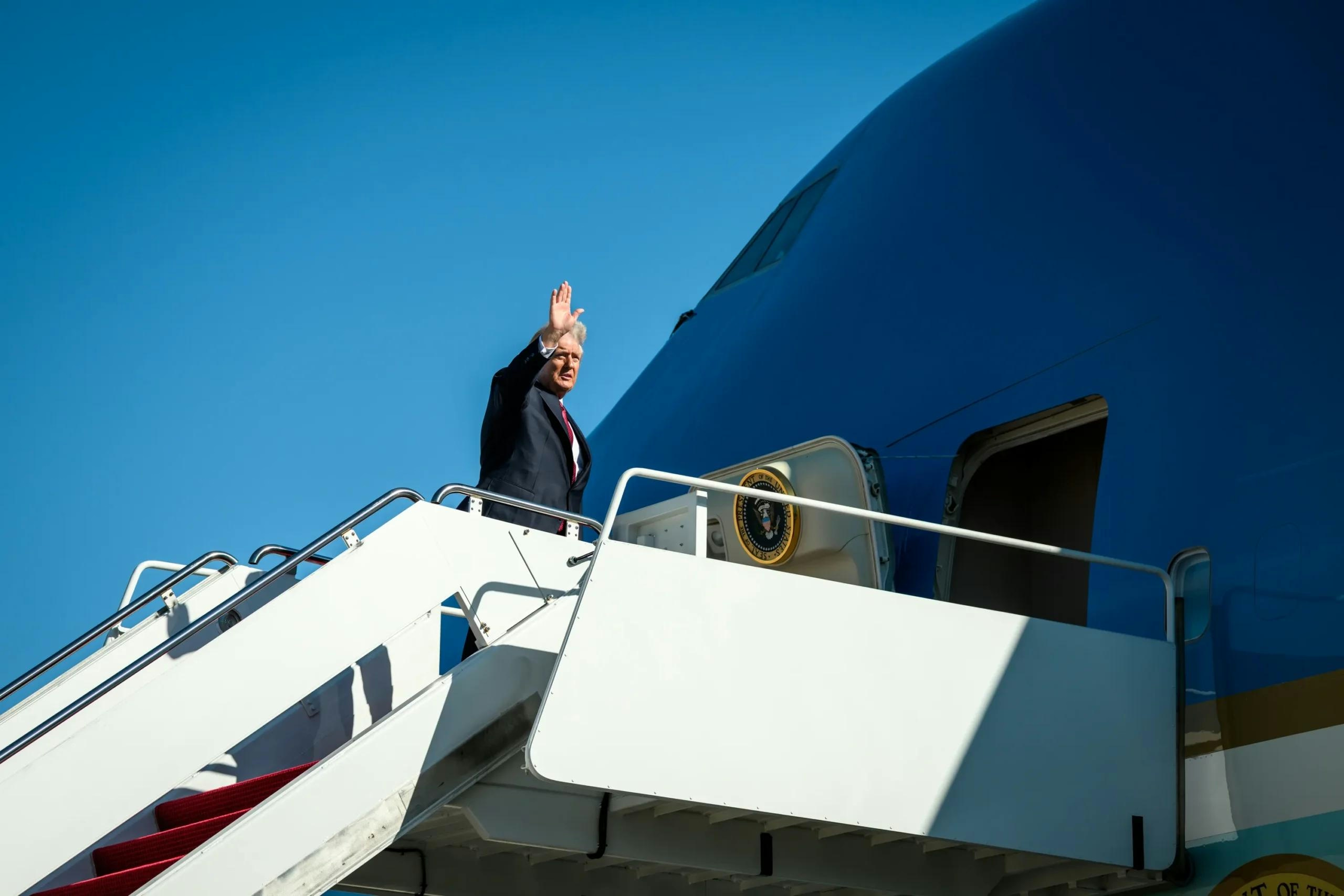
Trump's Policy on DEI Raises Concerns Over Aircraft Mechanic Training
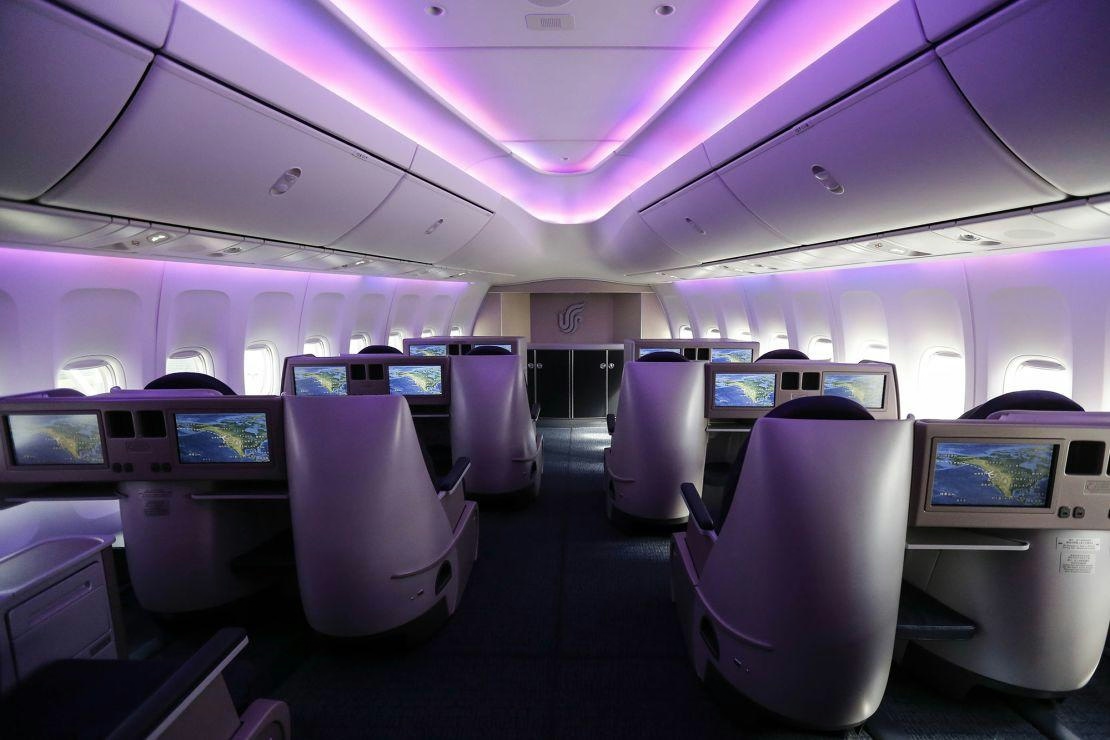
Why Boeing’s 747 Lacks a Full Second Deck Unlike the Airbus A380

Deutsche Aircraft Appoints Ernst-Georg Schröder Manager of Final Assembly Line for D328eco
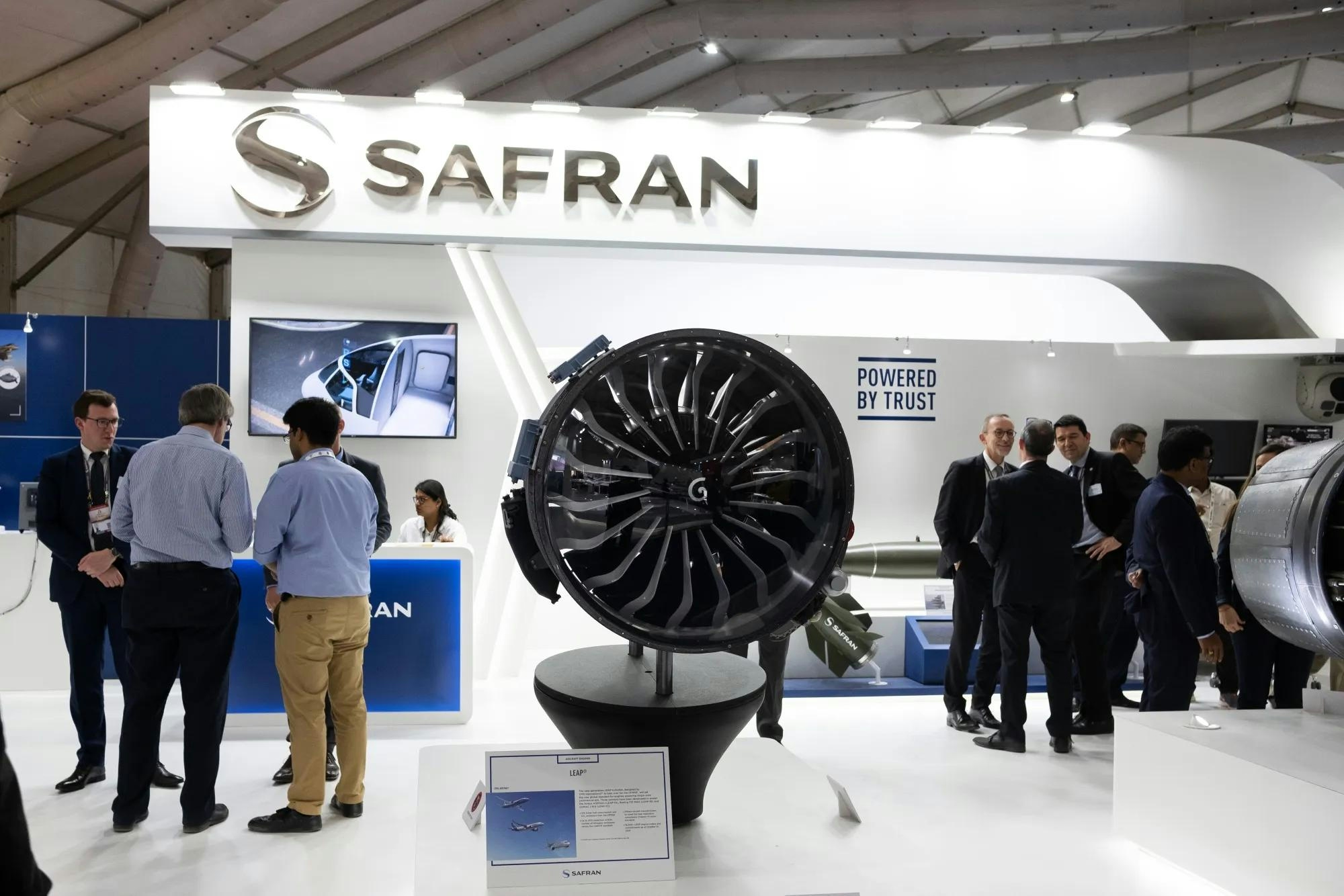
PM to Inaugurate Safran Aircraft Engine Services Facility in India on November 26
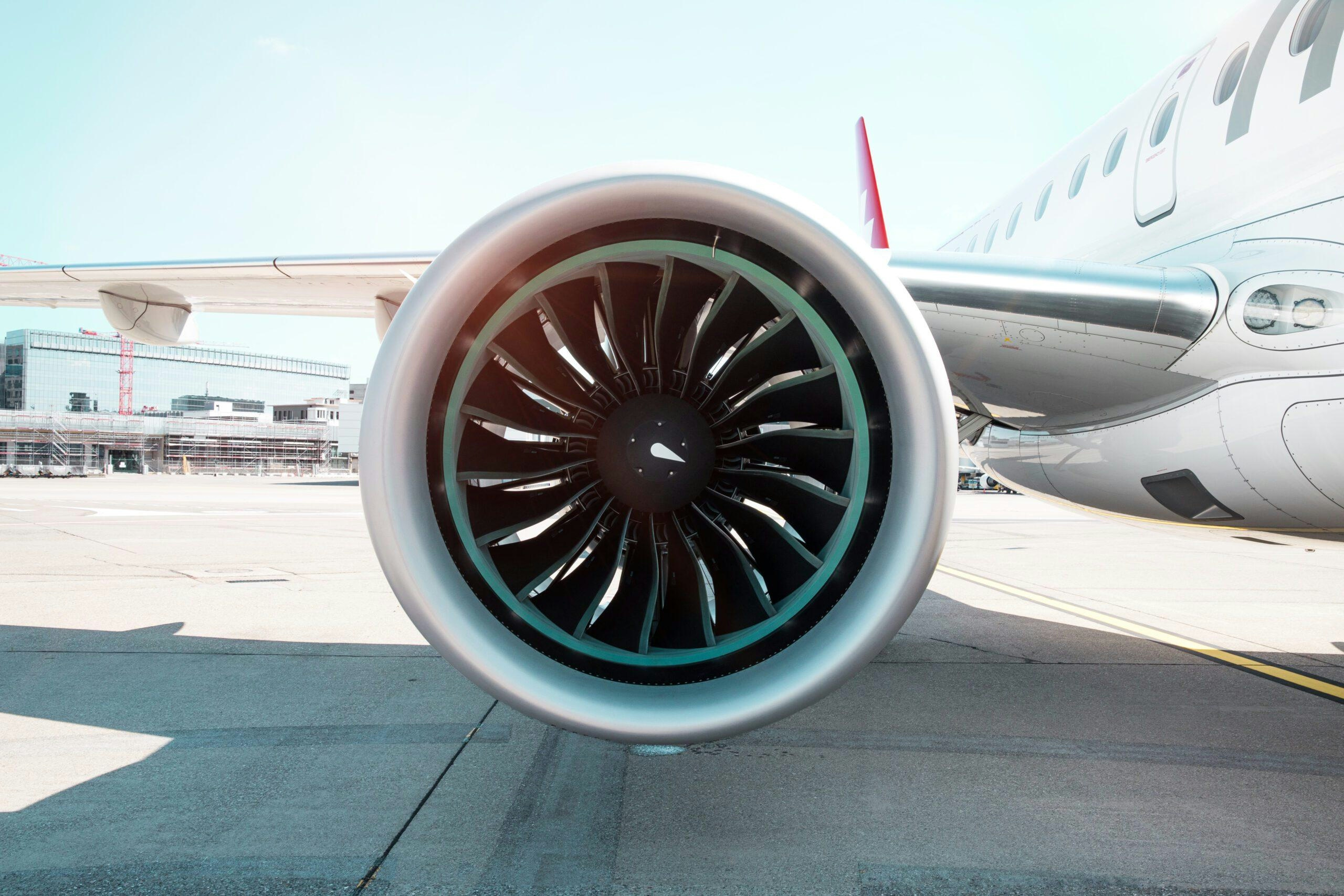
Leading Companies in Aviation Artificial Intelligence: Airbus, Amazon, Lockheed Martin, Tata Power, Thales
